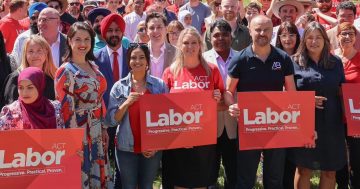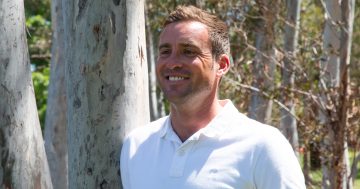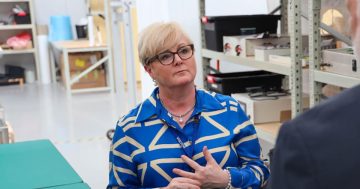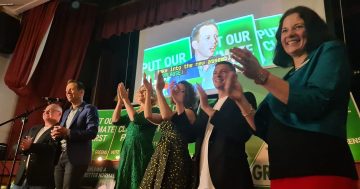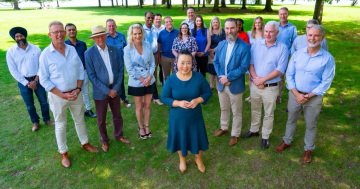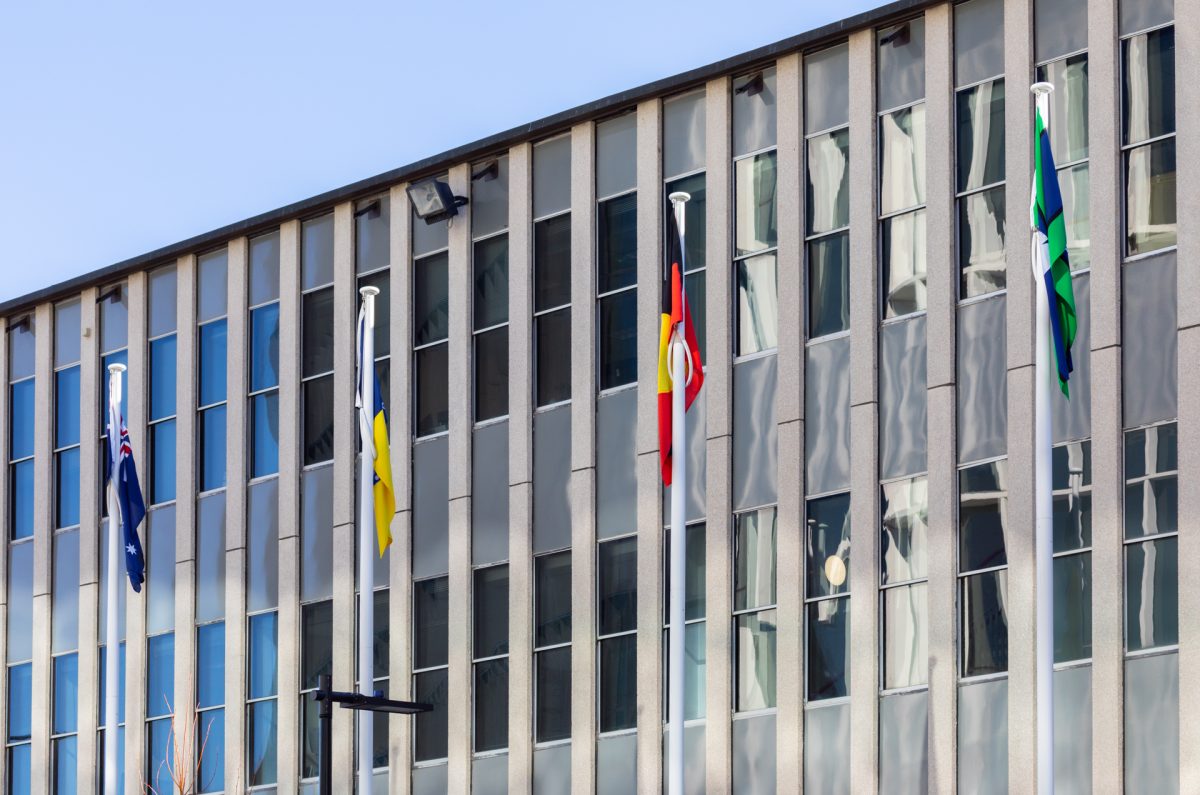
Canberra Liberals are already jostling for Assembly preselection. Photo: Michelle Kroll.
Canberra Liberals have begun fighting among themselves as the jostling for preselection gets underway for next year’s Assembly election.
But with party bosses insisting preselections won’t occur until February next year, some potential candidates feel at a disadvantage.
In a recent newsletter to ACT division members, Canberra Liberals president John Cziesla outlined the preselection schedule.
“Management committee has resolved that preselection for the 2024 Assembly election will take place on the following dates for each electorate:
Ginninderra – Monday 5 February 2024
Yerrabi – Tuesday, 6 February 2024
Kurrajong – Wednesday, 7 February 2024
Murrumbidgee – Tuesday 13 February 2024
Brindabella – Wednesday 14 February 2024
“Formal preselection notices will be sent in mid-December 2023,” he wrote.
“Management committee has also resolved to hold the preselection for ACT Senate seats for the next federal election between mid-March 2024 and the end of April 2024.”
The Assembly dates are bad news for some who believe the closeness of preselection to the October election will give incumbent Liberal MLAs an advantage over wannabes. This is despite the election being a full eight months after preselections take place.
Potential candidates, who won’t know if the party will endorse them until February, will have far less time and resources for their campaigns than those incumbents who can already safely expect to be preselected.
Their dilemma has led to some potential candidates already ‘campaigning’ despite not yet being endorsed as candidates by the party.
Posters in public, without party endorsements, can now be seen of people wanting to be elected.
Some are personally authorised but have colours similar to that of the Liberal Party.
In the ACT’s Hare-Clark electoral system, candidates vie for votes in the 25-seat Assembly, campaigning not just against other parties but candidates from their own side of politics.
That makes preselection contests fierce, particularly when incumbents have the upper hand.
One concern for potential candidates is the restriction placed on political spending.
All Assembly candidates in the ACT have a capped spending amount that kicks in on 1 January in the year of an election.
Parties can and often do further cap the amount a candidate can spend.
If they don’t know until February if they are preselected, candidates won’t have much time to use that money to mount a thorough campaign.
Neither will they be afforded as much time to have policy input for the campaign.
On the face of it, incumbents seeking re-election won’t have as many internal barriers.
“Potential candidates see it as a way the party is helping incumbent MLAs keep their seats,” one party source told Region.
“If I were a bookie, I’d probably write the other potentials off today.”
But another party contact said the disgruntlement came from a small cohort wanting more time for their preferred candidates.
“Let’s face it, February to October is still a long time to mount a campaign,” they said.
Region sought a statement from Mr Cziesla who declined to comment, other than pointing out that internal party processes are not discussed.
Region understands, however, that the party’s management committee unanimously endorsed the preselection timeline.
Election policy is determined by the current Canberra Liberals shadow cabinet and divisional policy council, with all members able to have input into policy discussions.
Historically, Liberal candidates in each electoral cycle who spent under the cap allocated to them as a candidate have been successfully elected, including non-incumbents.
Region also understands that potential candidates have been reminded of the applicable rules regarding campaign materials.
Traditionally, the Liberal Party claims all candidates have the same amount of time to prepare materials as this is coordinated at the party level.
Theoretically, incumbents would have a minimal advantage as materials they already have are meant to be included in the capped period.














